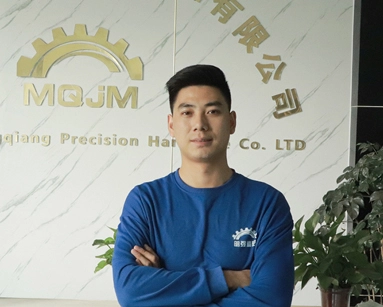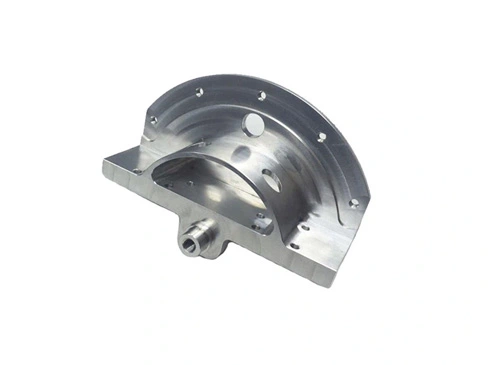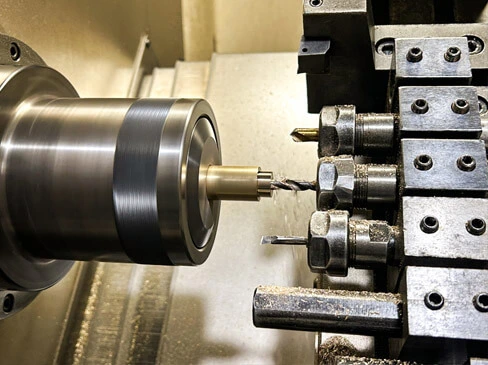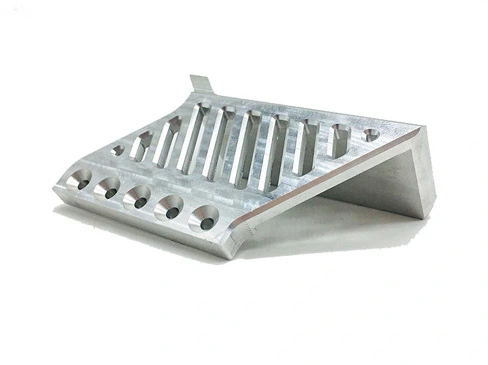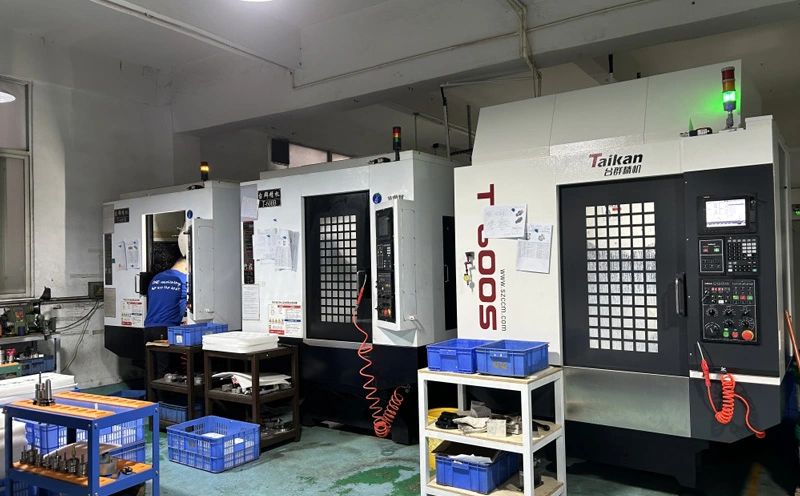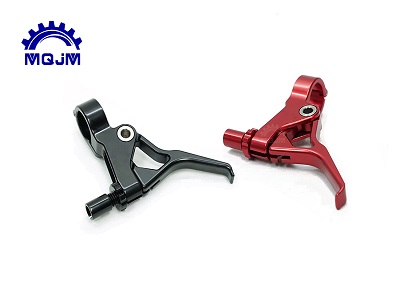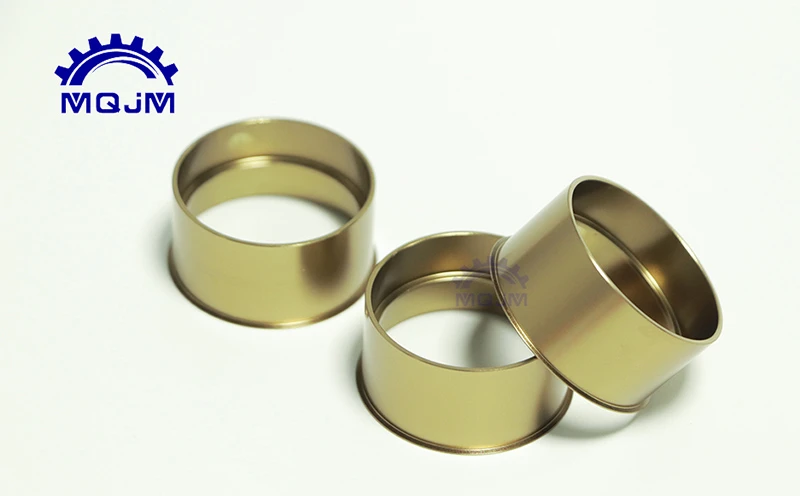Custom CNC milling refers to a machining method that uses CNC milling machines, controlling the tool's movement trajectory and cutting parameters on the workpiece through programming to perform personalized milling to meet specific requirements for shape, size, and precision. MQJM's custom CNC milling includes 3-axis, 4-axis, and 5-axis CNC machining, each having its unique advantages and applicable scope. Below is a detailed analysis of these three machining methods:
3-axis CNC Machining
Basic Principle
In three-axis machining, the workpiece remains fixed while the rotating tool cuts along the X, Y, and Z axes. This is a relatively simple form of CNC machining.
Machining Characteristics
Mainly suitable for manufacturing simple structured products.
Since cutting can only occur on three axes, the machining speed may be slower for products with complex geometries or components, and manual repositioning of the workpiece might be required to obtain the desired shape.
Application Scenarios
Suitable for machining simple geometric shapes like planes and grooves.
4-axis CNC Machining
Basic Principle
In 4-axis CNC milling, besides the X, Y, and Z axes, there is an additional A-axis that rotates around the X-axis (sometimes called the fourth axis). Some machines also allow the workpiece to rotate, referred to as the B-axis.
Machining Characteristics
Greatly speeds up the machining process and improves machining precision.
Capable of performing complex operations like drilling on the sides or cylindrical surfaces of parts.
Application Scenarios
Suitable for machining box-like parts and complex parts that require cutting at different angles.
5-axis CNC Machining
Basic Principle
On the basis of 4-axis machining, 5-axis machining adds another rotational axis, typically the B-axis rotating around the Y-axis (sometimes called the fifth axis). The workpiece can also rotate on some machines, known as the C-axis.
Machining Characteristics
Capable of machining different sides of the workpiece without changing its position, greatly improving machining efficiency and flexibility.
Due to its high versatility, it is suitable for manufacturing complex precision parts, such as medical components, aerospace parts, titanium alloy parts, etc.
Application Scenarios
Suitable for machining extremely complex geometries and parts requiring high precision and high surface quality.
Considerations for Custom CNC Milling
When custom CNC milling, it is necessary to choose the appropriate machining method based on the specific needs and processing difficulty of the product. Here are some considerations:
Product Complexity
For simply structured products, 3-axis CNC machining may suffice; for complex shapes and high precision requirements, 4-axis or 5-axis CNC machining might be needed.
Machining Efficiency
For machining complex parts, 5-axis CNC machining can significantly enhance processing efficiency and reduce machining time and cost.
Equipment Cost
Compared to 3-axis and 4-axis equipment, 5-axis CNC equipment is more expensive, so the balance between equipment investment and machining benefits must be considered.
Technical Capability
Selecting the machining method also requires considering the technical capability and personnel training of the company to ensure the equipment's potential is fully realized.
In conclusion, custom CNC milling should comprehensively consider various factors based on actual needs and choose the most suitable machining method.


